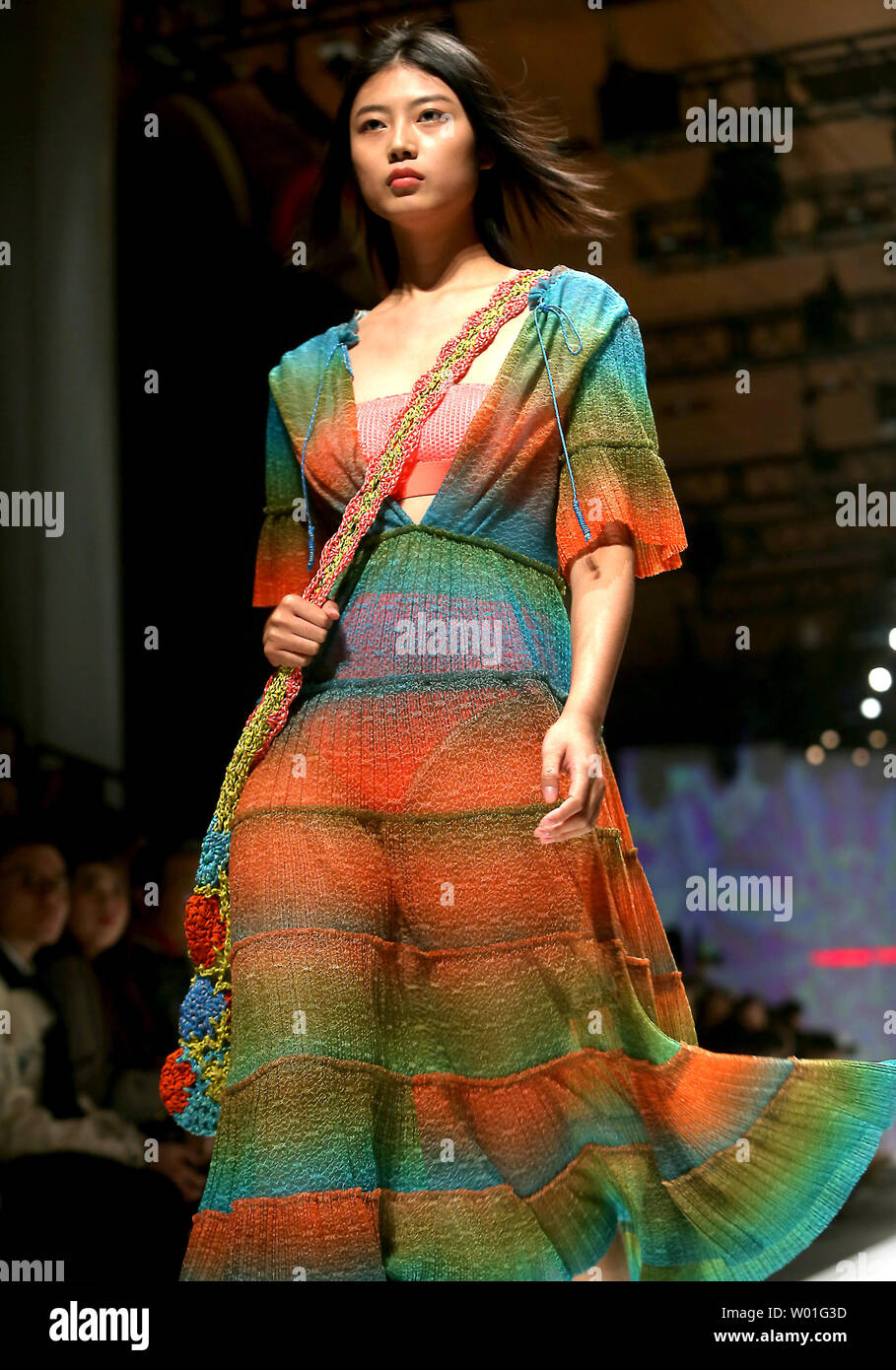Expert Tips on Choosing the Perfect Eastern Wear Pakistan for Weddings
Expert Tips on Choosing the Perfect Eastern Wear Pakistan for Weddings
Blog Article
Unveiling the Rich Heritage of Eastern Style
Checking out the detailed tapestry of Eastern fashion introduces a globe where custom fulfills advancement, and workmanship intertwines with social significance. From the extravagant silks of ancient empires to the detailed needlework of nomadic tribes, each garment informs a tale that transcends time and boundaries, resembling the rich heritage and creative heritage of the East. As we peel off back the layers of history and practice, a fascinating trip waits for, untangling the secrets behind the captivating appeal and enduring influence of Eastern style on the global stage.
Origin of Eastern Style

In Mesopotamia, as an example, the Sumerians and Babylonians produced garments utilizing leather, bed linen, and wool, decorated with intricate patterns and jewelry. Ancient Egyptians are renowned for their innovative weaving abilities and using light-weight, breathable fabrics like bed linen. Chinese style highlighted the significance of color importance and elaborate needlework strategies, while Indian clothing featured vibrant tones, elegant materials like silk and cotton, and fancy drapery styles such as the saree.
These old people not just influenced each various other but likewise paved the method for the varied and culturally rich tapestry that is contemporary Eastern style. Through centuries of evolution, Eastern style proceeds to grow, mixing practice with modern-day influences to produce ageless and one-of-a-kind designs.
Social Impacts and Traditions
Drawing from centuries-old customizeds and ideas, social impacts and practices play a crucial role fit the significance of Eastern fashion (eastern wear pakistan). The abundant tapestry of societies across Eastern areas such as Asia, the Middle East, and Africa has heavily influenced the garments designs, shades, materials, and develops that are widespread in Eastern fashion today
In countries like India, Japan, and China, standard garments like cheongsams, sarees, and robes remain to hold considerable social value and are typically decorated with intricate embroidery or symbolic patterns that reflect deep-rooted ideas and worths. In Middle Eastern nations, the moving abayas and kaftans used by males and women not only offer as modest clothing yet also mirror the region's social heritage and Islamic traditions.
In addition, the use of particular colors like red for good luck in Chinese culture or elaborate geometric patterns motivated by Islamic architecture better exhibit how cultural influences manifest in Eastern fashion - eastern wear pakistan. By recognizing and preserving these social impacts and traditions, Eastern style remains to advance while remaining true to its rich heritage
Advancement of Eastern Wardrobe
Over time, Eastern garments have actually undertaken substantial changes, mirroring a blend of tradition and modernity in their style and design. Typical Eastern garments such as the saree, kimono, salwar, and hanbok kameez have actually developed to incorporate modern aspects while preserving their cultural significance.
One noteworthy advancement is making use of innovative materials and strategies in Eastern garment building. Conventional handwoven textiles like silk and cotton have actually been matched with modern-day materials such as polyester and blends, providing boosted longevity and ease of care. Additionally, advancements in printing modern technologies have enabled complex patterns and layouts to be incorporated learn this here now right into Eastern garments with accuracy and detail.
Additionally, modifications in silhouette and tailoring have actually improved Eastern clothes, making them extra ideal and flexible for varied celebrations. Typical outfit codes have loosened up, allowing for experimentation with shades, decorations, and designs. This development has not just made Eastern garments more appealing and easily accessible to a worldwide target market yet has likewise advice ensured their continued relevance in contemporary style landscapes.
Meaning in Eastern Attire
Discovering the ingrained social value woven into Eastern clothes introduces a rich tapestry of significance and practice. Eastern garments are typically imbued with icons that mirror the wearer's societal condition, spiritual beliefs, and cultural identity.
In addition, particular garments hold symbolic meanings. Its design, material, and even the way it is worn all lug deep social relevance.

Impact of Eastern Fashion Today

The incorporation of Eastern elements in Western fashion has resulted in a fusion of styles that satisfy diverse tastes and preferences (eastern wear pakistan). Designers usually attract ideas from Eastern textiles, shapes, and patterns, creating distinct and innovative pieces that mix typical and modern-day aesthetic appeals. This cross-cultural exchange has not only rejuvenated the fashion business but additionally cultivated a deeper recognition for Eastern heritage and craftsmanship
Furthermore, the rise of social media sites and electronic systems has further amplified the influence of Eastern fashion, allowing brand names and designers to get to a bigger target market and showcase their social heritage to the globe. Via partnerships, fashion shows, and online projects, Eastern style continues to develop and prosper in today's interconnected and vibrant international landscape.
Conclusion
Finally, the rich heritage of Eastern fashion is a testament to the social impacts, intricate workmanship, and profound meaning embedded in each garment. From old civilizations to modern-day interpretations, Eastern style proceeds to mesmerize with its distinct mix of tradition and innovation. The effect of Eastern style today works as a suggestion of the ageless style and creative expression that have actually made it a global sensation commemorated for its abundant cultural heritage.
Exploring the complex tapestry of Eastern style reveals a globe where tradition satisfies technology, and craftsmanship links with social significance.The withstanding symbolism and social importance installed in Eastern outfit proceed to form and influence the contemporary effect of Eastern style today. Eastern style has transcended boundaries, coming to be a global phenomenon embraced by developers, celebs, and style enthusiasts worldwide.In final thought, the abundant heritage of Eastern style is a testimony to the you can find out more cultural influences, elaborate craftsmanship, and extensive significance installed in each garment. The impact of Eastern style today offers as a pointer of the classic elegance and creative expression that have actually made it an international sensation commemorated for its abundant cultural heritage.
Report this page